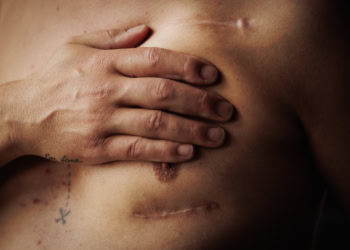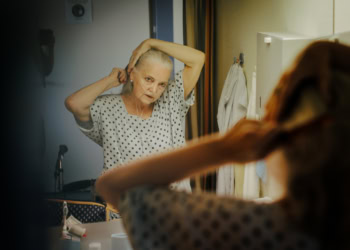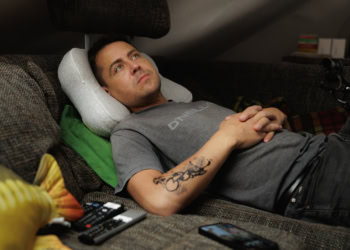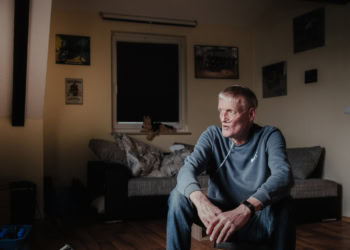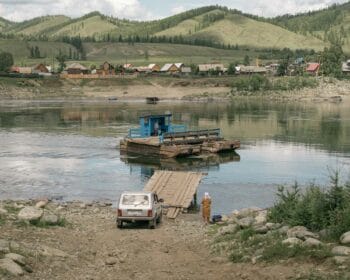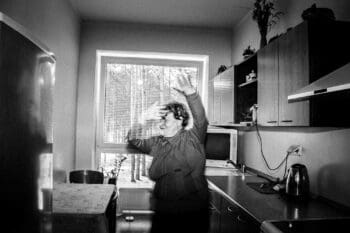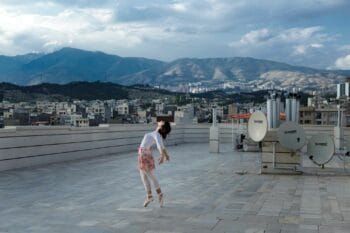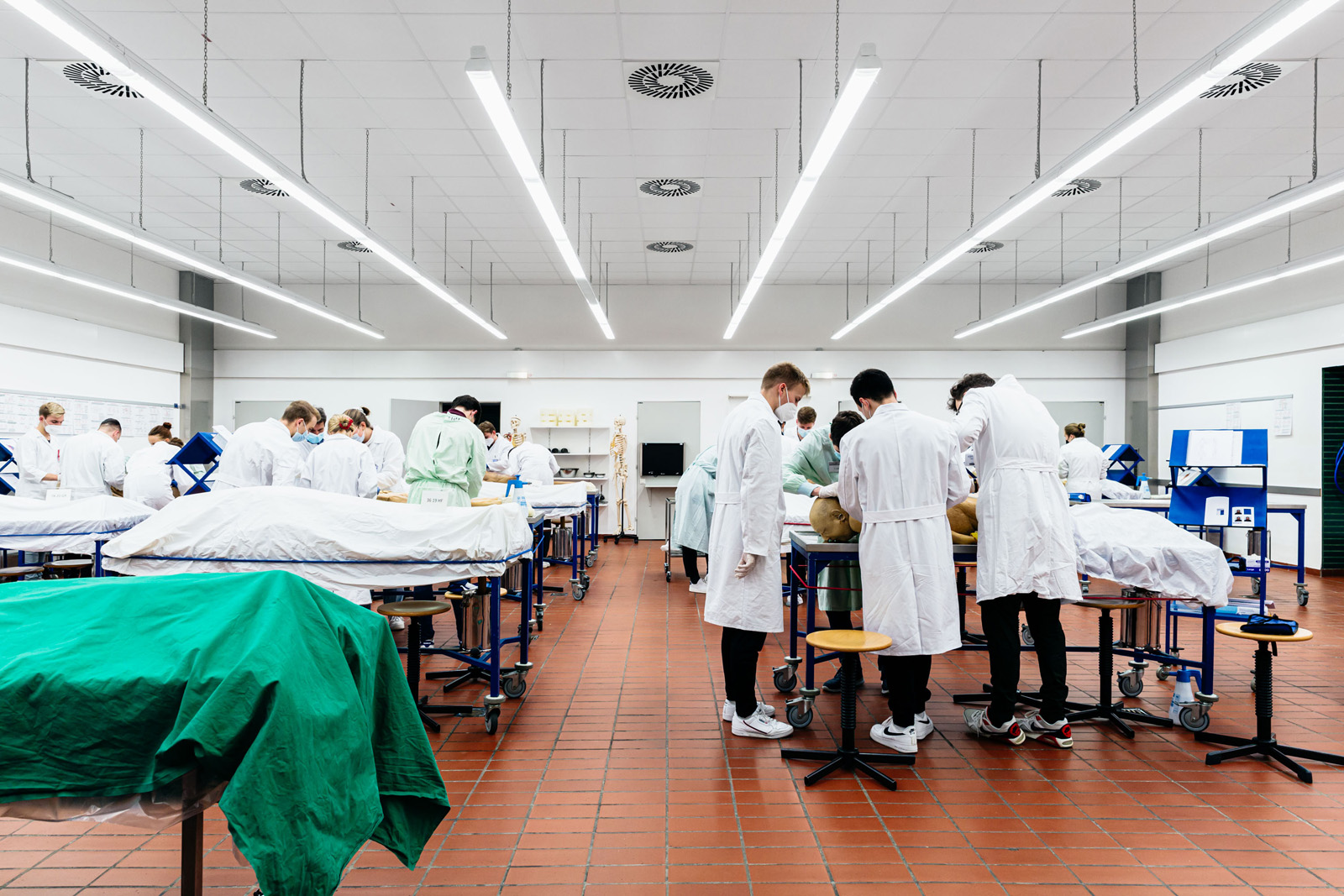 Dissection course, first date of the new medical class of 2021/22.
Dissection course, first date of the new medical class of 2021/22.
Body donation for medical school.  In her bachelor thesis “In the beginning there is death”, Julia Bellack documents future doctors in a dissection course.
In her bachelor thesis “In the beginning there is death”, Julia Bellack documents future doctors in a dissection course.
The study of human medicine entails a comprehensive and complex field of theoretical knowledge on the structure and function of the human body, which cannot be entirely conveyed by reading and lectures alone. In order to get to know each individual structure and to link the functions and complicated positional relationships with each other, the close examination of the human cadaver as a teaching object is a basic building block at many medical universities in Germany and worldwide.
In the dissection course, the future doctors dissect preserved bodies right at the beginning of their studies in order to understand anatomy and thus lay the foundation for their professional future on real people. The cadavers come from body donors – people who agreed during their lifetime to donate their bodies to an anatomical institute for teaching and research after their passing. I approached the topic of body donation through documentary photography and explored it at the Hannover Medical School.
In my work I bring together the levels of everyday scientific work on and with the
corpse, the deceased as a teaching object and the students with their thoughts and feelings together. With death as a taboo subject in today’s society, the project not only takes a look at the emotional side of body donation and the dissection course, but also encourages people to examine their own view of human transience.

Body donor preparation under moist cotton cloth before the start of the first dissection course of the new 2021/22 cohort at Hannover Medical School (MHH). The body must be kept permanently moist and also sprayed regularly during dissection.
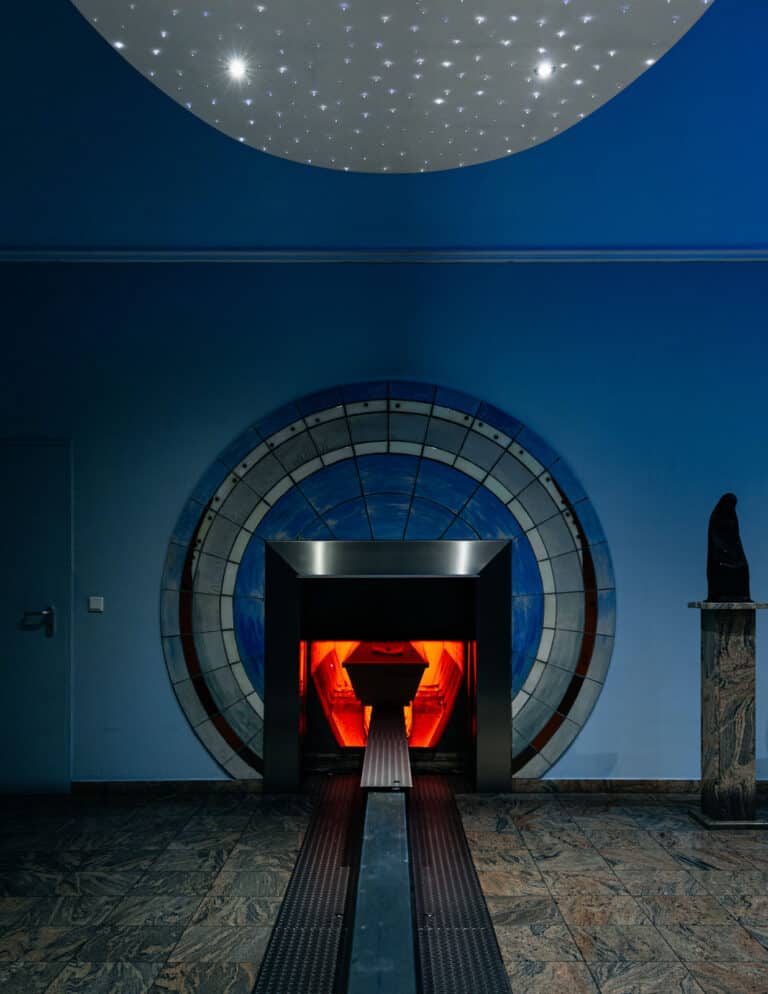
Cremation of a body donor (or his mortal remains after the end of the course) at the crematorium in Hildesheim.
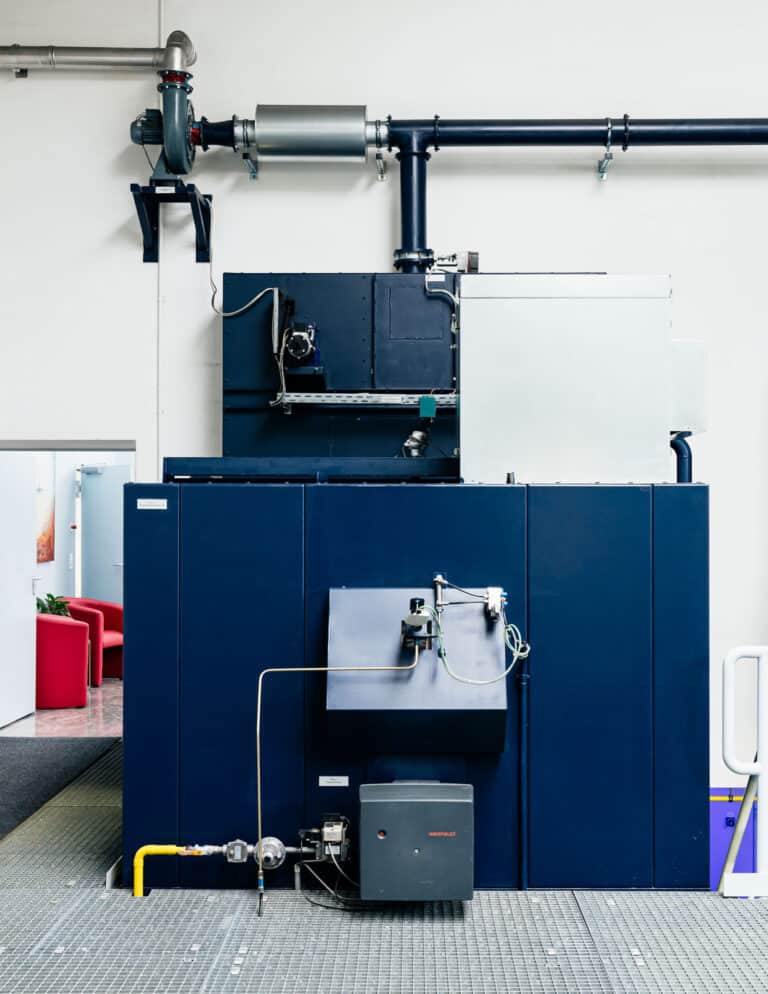
Cremation plant (rear side). The cremation process takes about two hours at 750-1050 °C.
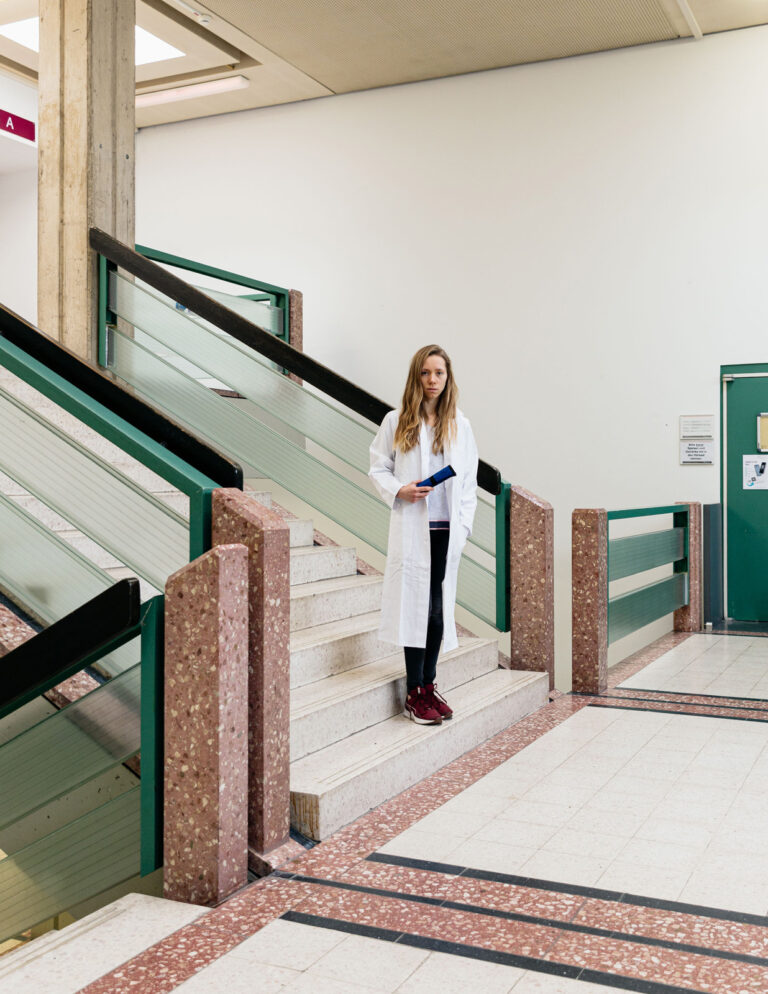 Annalena, 21, first-year student of human medicine at the MHH, a few days before her first preparation appointment.
Annalena, 21, first-year student of human medicine at the MHH, a few days before her first preparation appointment.
“The basic thing that other medical students have taught me is that you should still convey to the person in front of you that they still have their humanity, and you should always have in the back of your mind that they are still a human being and not just see them as an object. I have respect for the first prep appointment, and I’m looking forward to it, but somehow there’s also a bit of fear of the unknown because you’ve never been in a situation like this before. It’s just something extraordinary.”
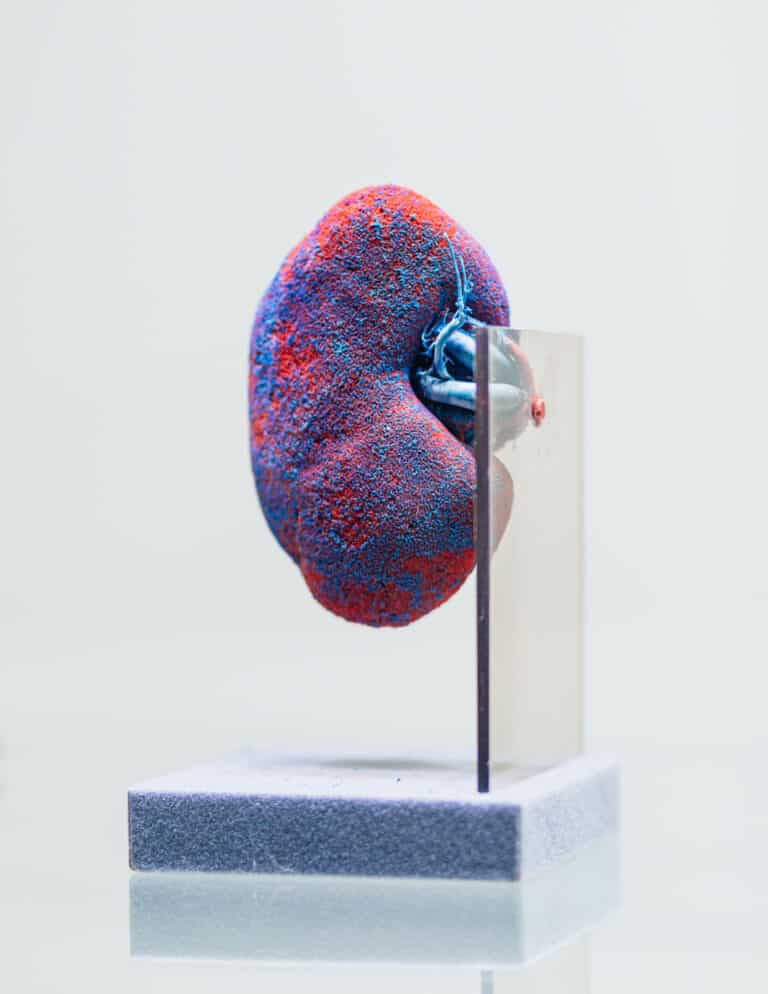
Corrosion preparation of the kidney (spout preparation with plastics). The tissue was removed by potassium hydroxide solution.

The corpse of a body donor during preservation on a special preservation table in the MHH prosecture.
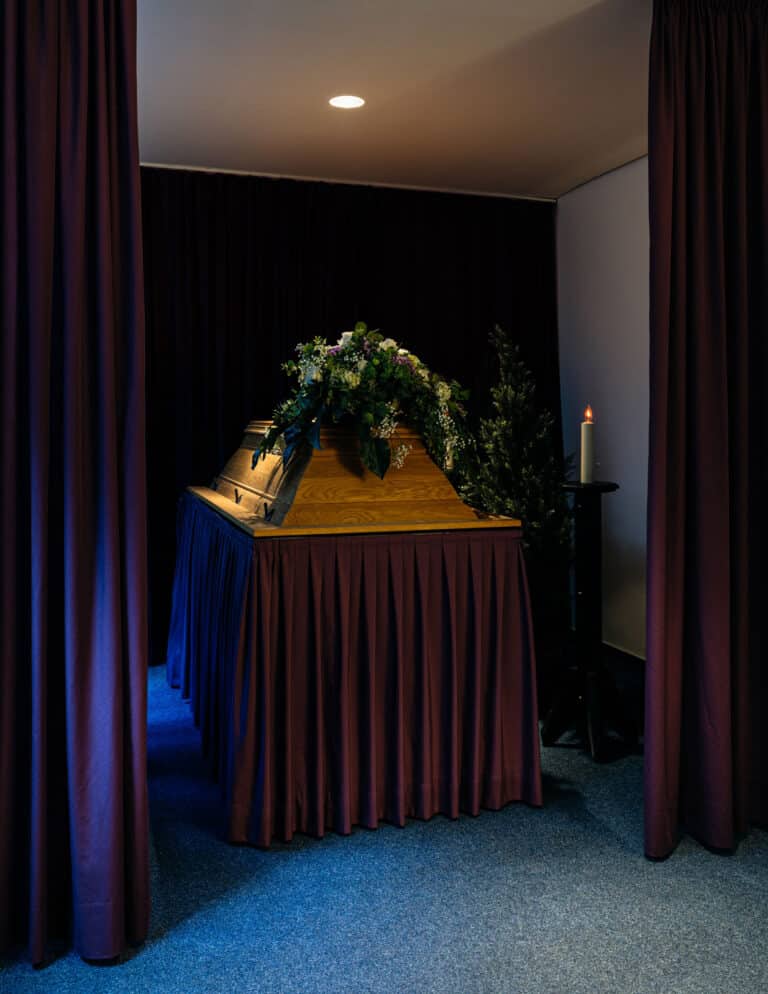
Mourning room at the MHH. After preservation, relatives can say goodbye here. The corpse is simply pushed under the coffin and can then be easily transported to the cuvette storage facility directly adjacent at the back.
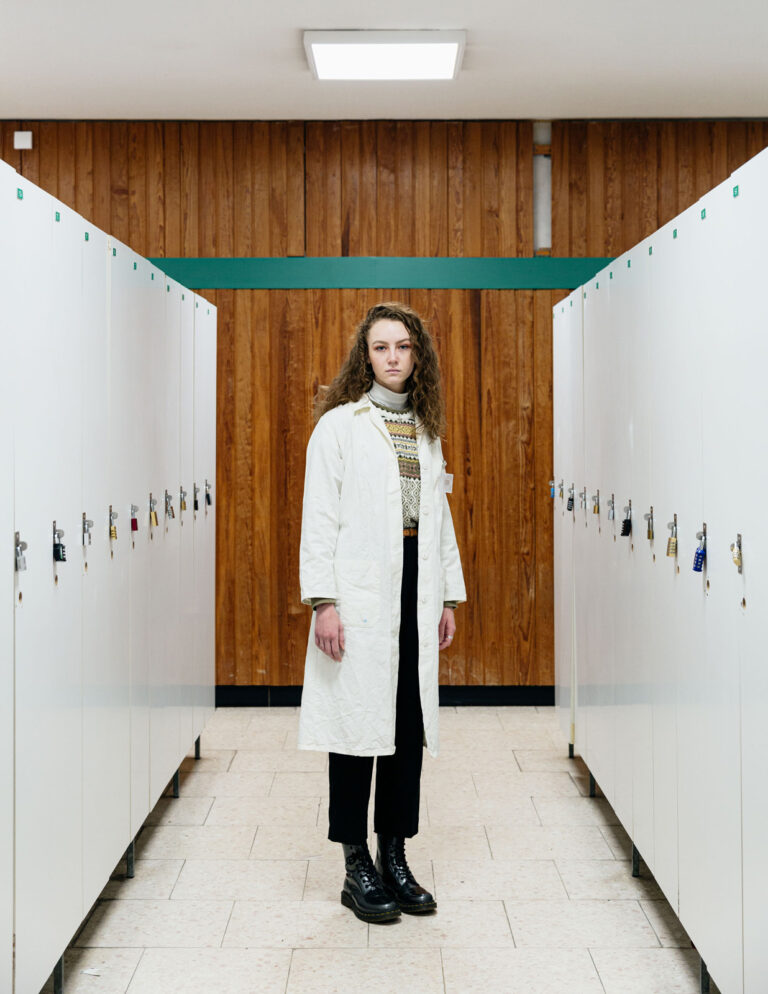 Luisa, 20, first-year student of human medicine at the MHH during the first weeks of the dissection course.
Luisa, 20, first-year student of human medicine at the MHH during the first weeks of the dissection course.
Luisa felt well-prepared by telling her mother about her prep course but was emotionally moved: “I didn’t expect the body to look so fresh because I knew beforehand that he had been dead for two years. Accordingly, I didn’t expect it to touch me a bit. When we started to cut around a bit, many people were rather afraid to touch it, but for me, it was more ‘Oh God, that’s somebody’s grandfather lying there, or daddy, and I’m going to sort of break him.’ I had no inhibitions but concerns that I was too emotionally close to it. So not that disgust or anything, which many also have, as I’ve heard from other fellow students, but rather that I think, ‹Woah, that’s such a sweet grandpa.› I have a thing for old people, too.”
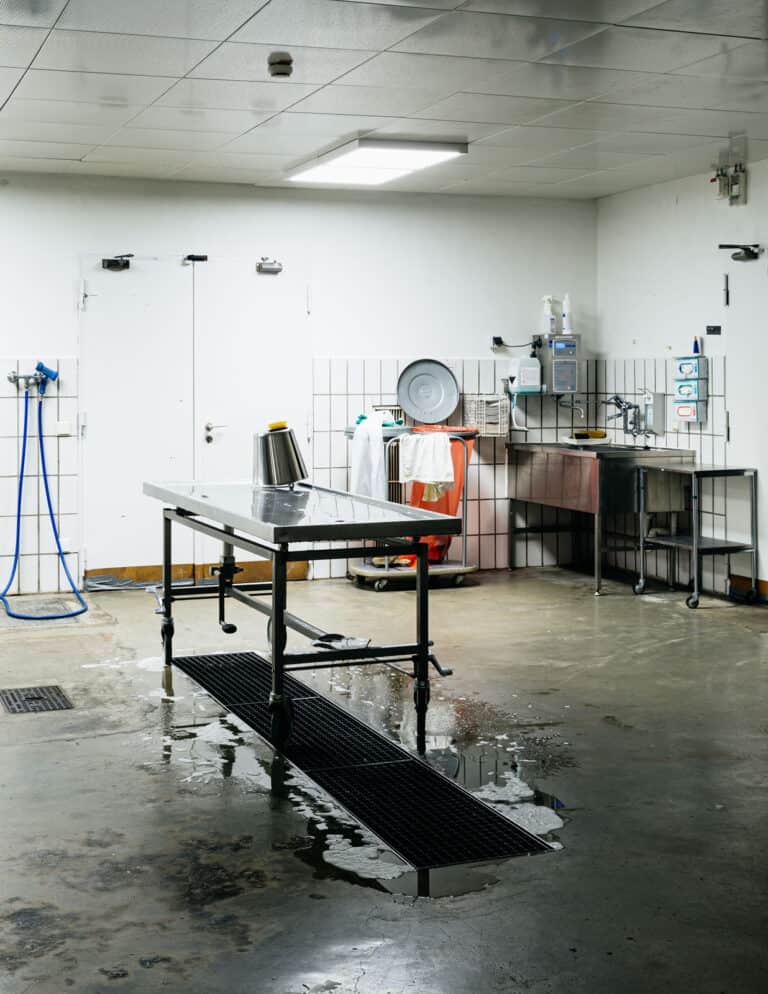
Washing place in the prosecture after conservation.
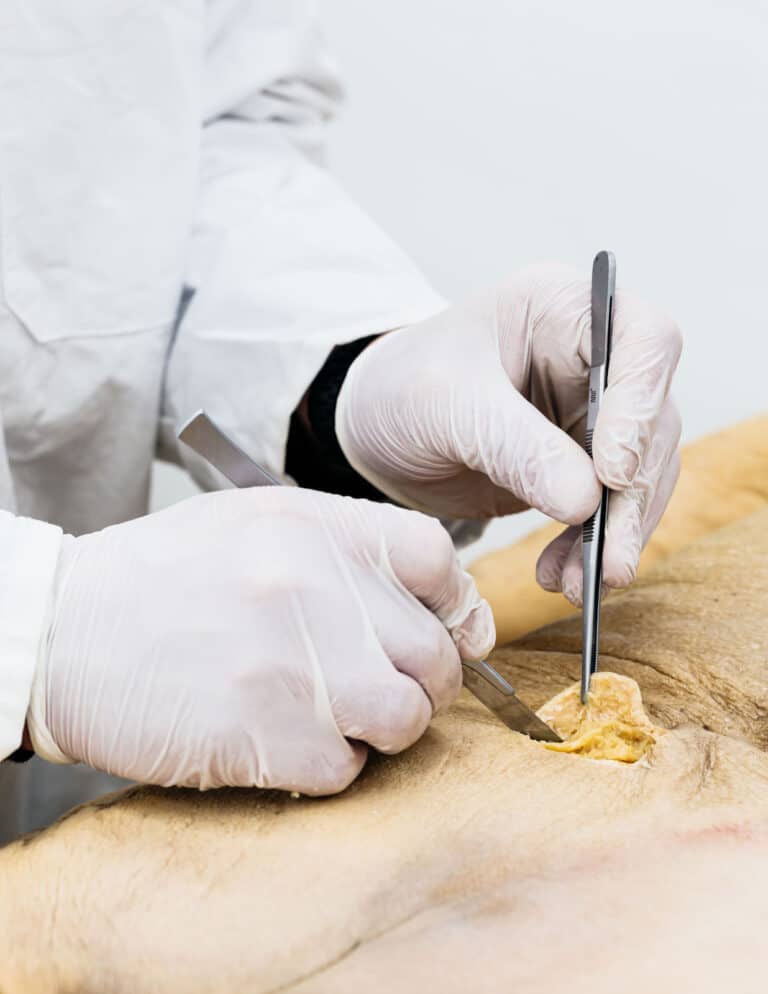
Start of dissection by the first-year students. First skin incision on the back and separation of the cutis from the subcutis (upper/lower skin).
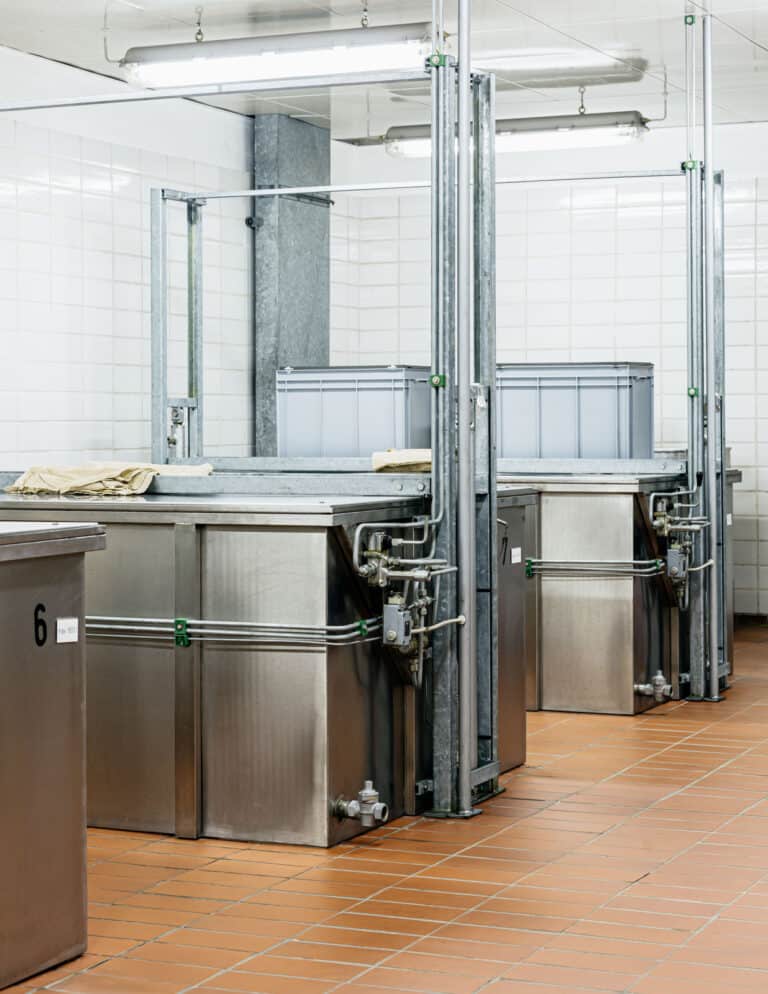
Cuvettes (storage tanks) with six places each and 1800 litres volume. The corpses are preserved here in the MHH prosecture in at least 70% alcohol and can be stored in this state for years until they are used.
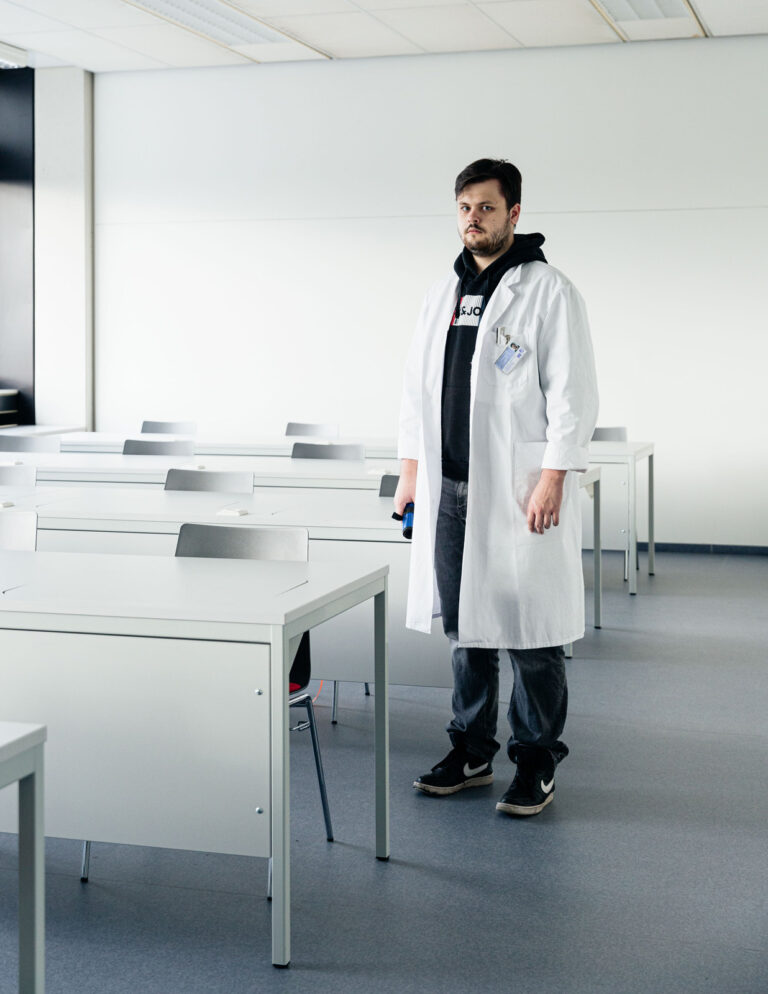 Jonathan, 19, first-year student of human medicine at the MHH during the first weeks of the dissection course.
Jonathan, 19, first-year student of human medicine at the MHH during the first weeks of the dissection course.
Jonathan has already worked as a paramedic, but the prep course did something to him, too: “When you’re actually standing in the room and covering the body for the first time, that wave of smell when you pull the sheet down for the first time – it triggers something in you. I don’t think you can get around that. And actually making that first cut was – it was okay. The worst part was touching the body for the first time. It doesn’t feel like a human being, it’s harder, colder, and ever so slightly wet. I didn’t think it would take me at all the first time. But it did. I got out of there significantly different than I went in. I don’t think I would have understood how the back muscles work without this prep course. (…) You only get that stimulus and understanding by having a real person in front of you.”
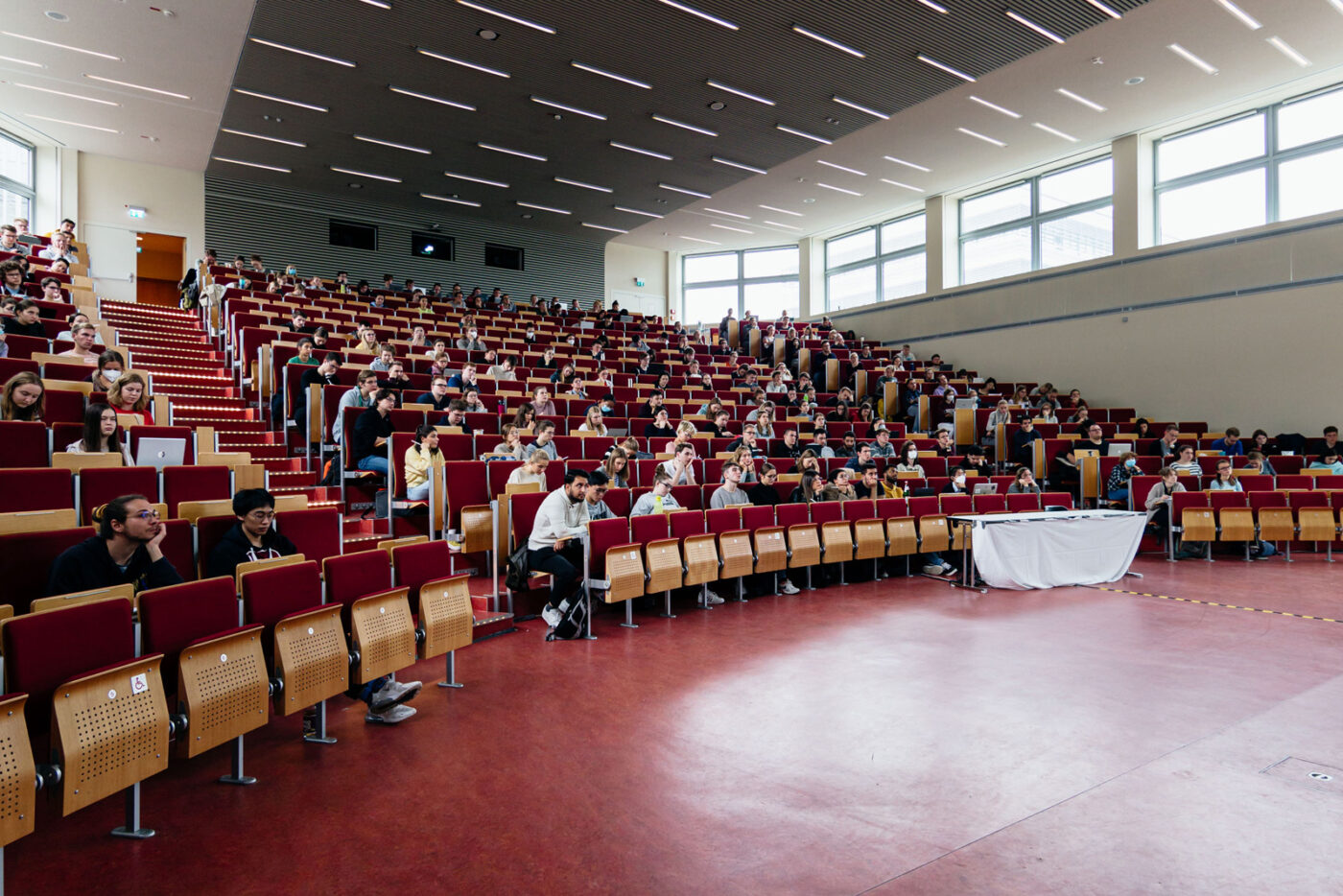
Lecture on macroscopic anatomy, accompanying the dissection course, 1st semester human medicine MHH.
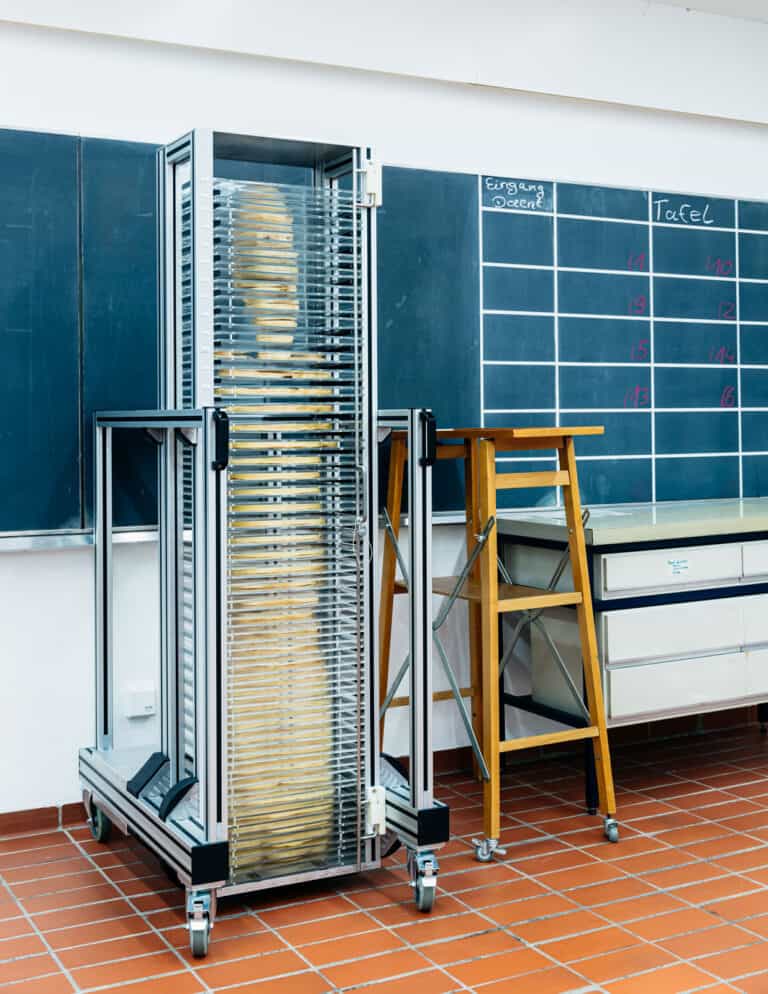
Transversal slice preparation (situs) with pull-out planes in the dissecting room. Many preparations at the MHH are extremely time-consuming special productions that are created directly in-house with a great deal of care and planning.
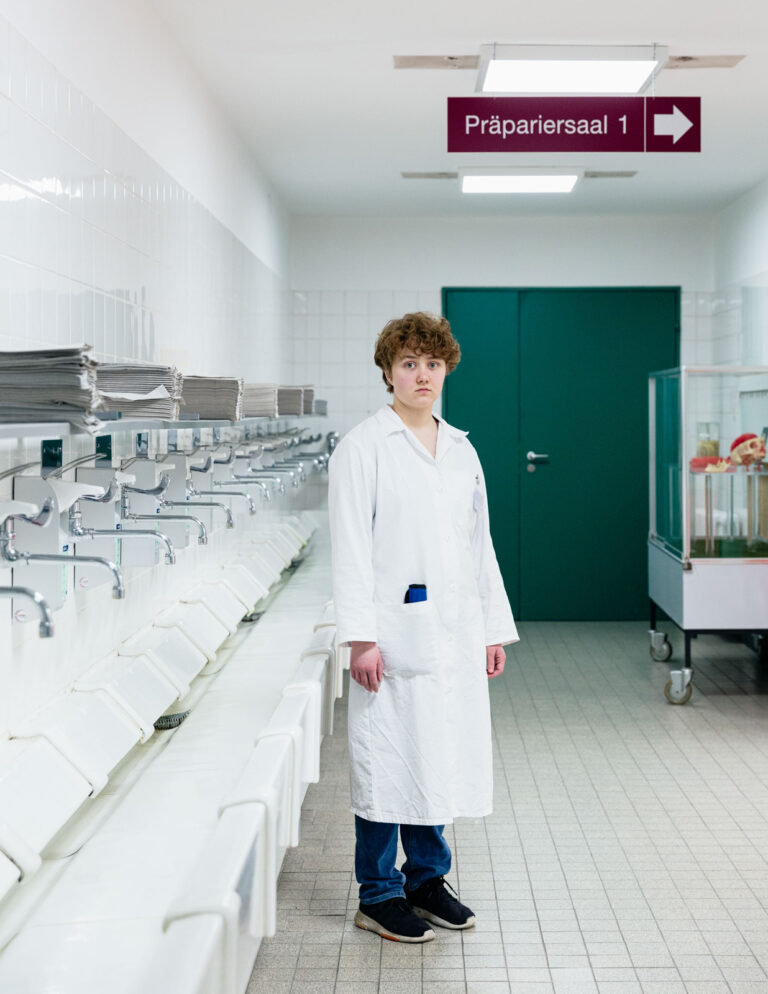 Hanna, 19, first-year student of human medicine at the MHH during the first weeks of the dissection course.
Hanna, 19, first-year student of human medicine at the MHH during the first weeks of the dissection course.
Hanna would like to work for “Doctors without Borders” later on. Her thoughts on the start of the course: “It actually went relatively quickly that you got used to it. Actually, there is always this fear of doing something entirely wrong, of sabering some nerves that you then have to keep or something. The first cuts to the head were strange. Initially, the corpse was lying on its stomach, so you only saw the back. Then to see the face afterwards is a bit different, but that actually works. You need a little bit, then it works again.”
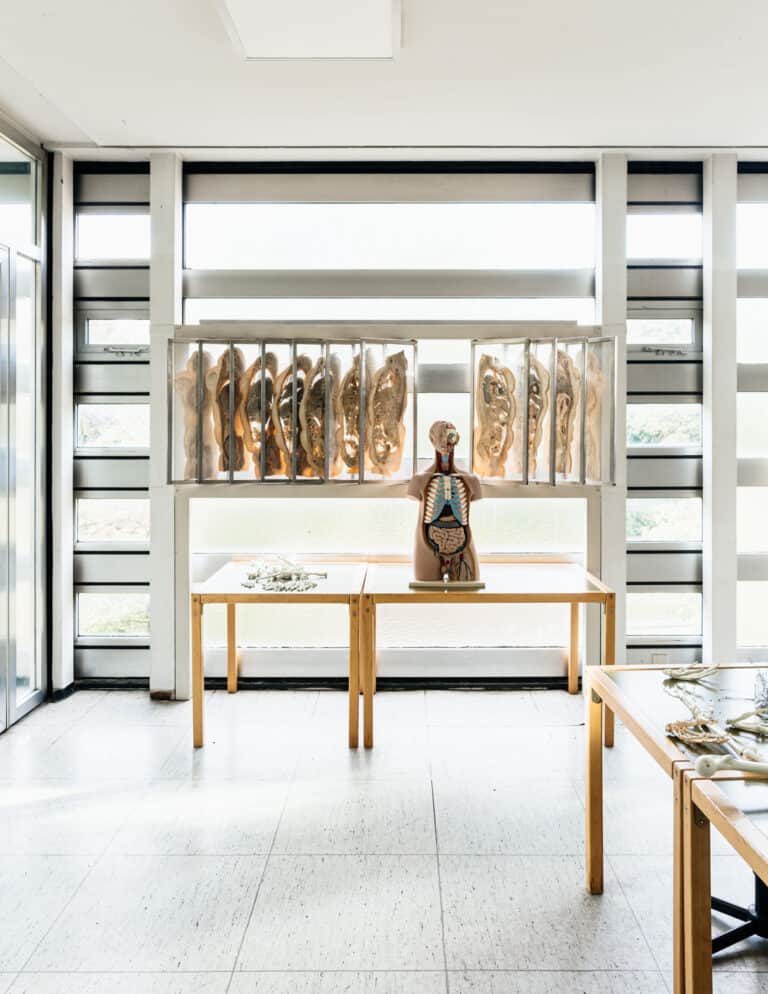
Sagital body sections in the MHH Anatomical Learning Room.
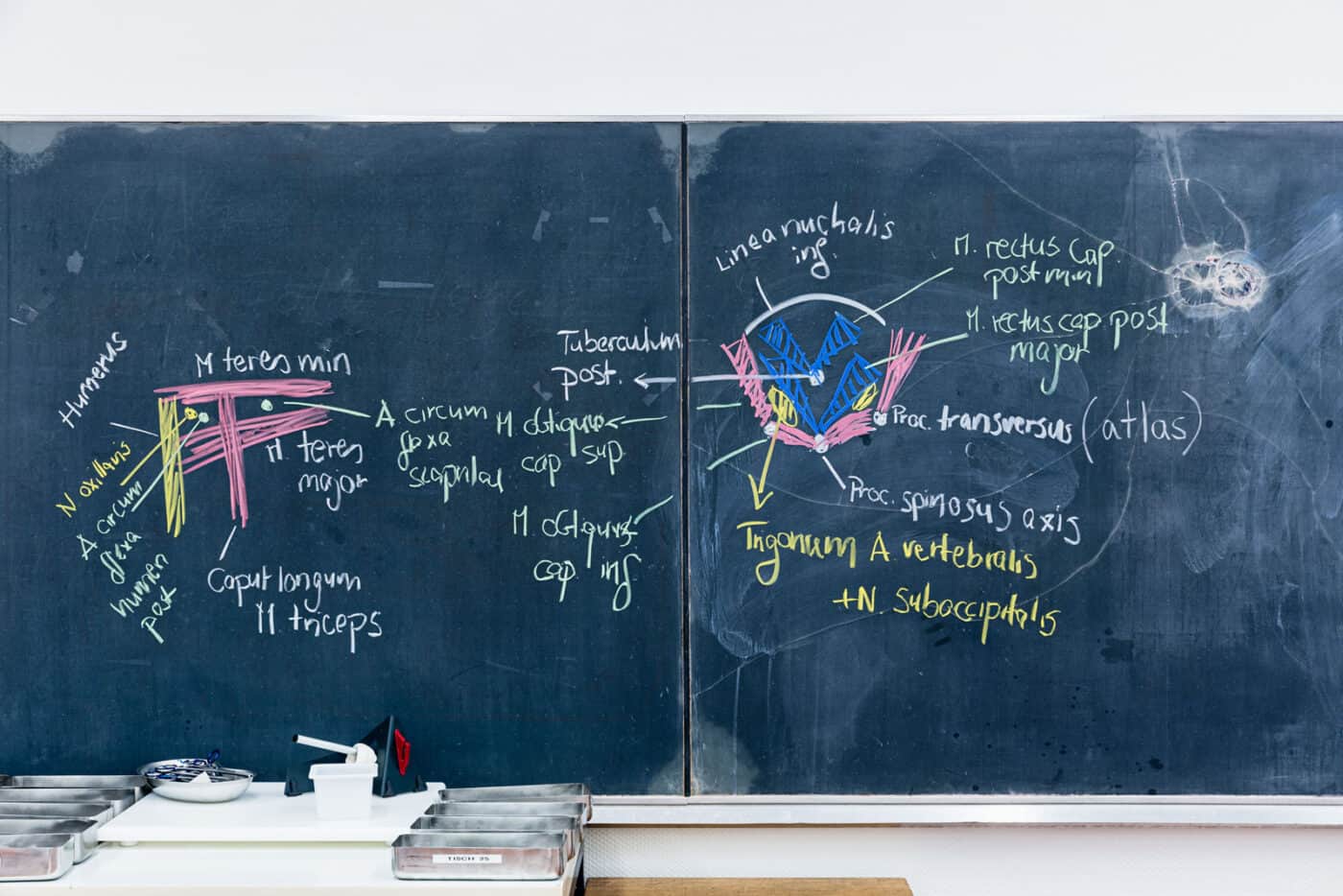
Blackboard image in the dissection course: neck & axis gaps.
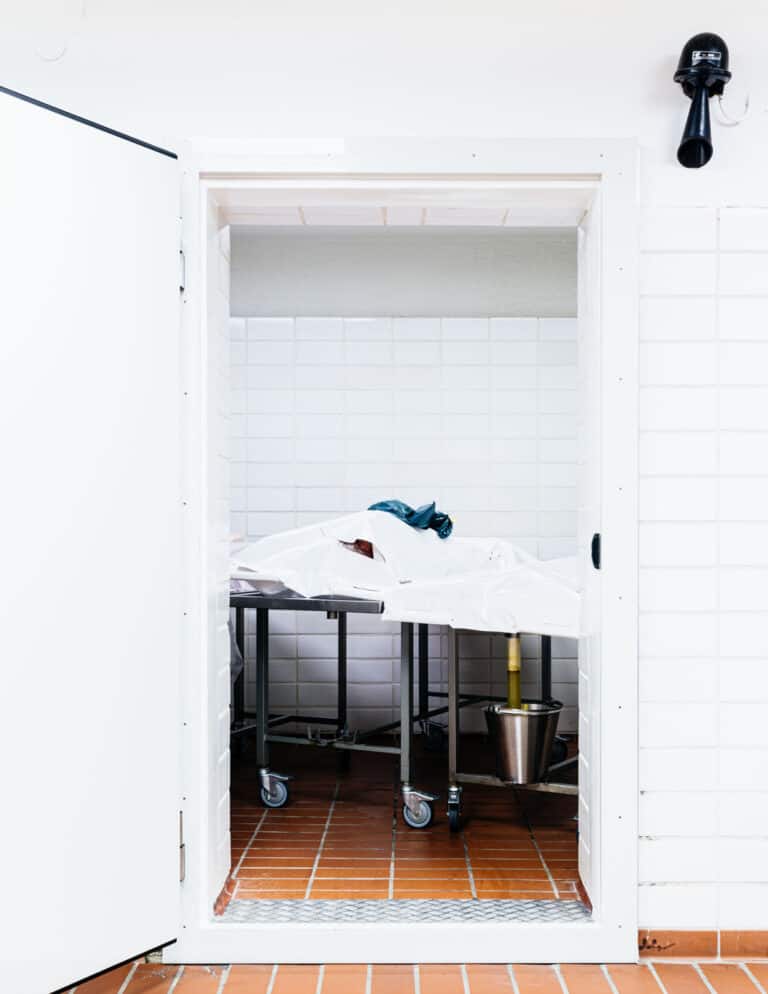
Pre-cooling room of the MHH prosecture. The temperature here is a constant 2-4 °C. The room functions primarily as a «waiting zone» for the corpses, e.g. before preservation, courses and burials.
Your contact partners will be happy to assist you with your personal concerns. However, due to the large number of enquiries, we ask you to first check our FAQ to see if your question may already have been answered.
Dean of Studies, Design and Media department
Programme representative
Application and admission procedure
Hochschule Hannover
Faculty III – Media, Information and Design
Expo Plaza 2
D-30539 Hanover

